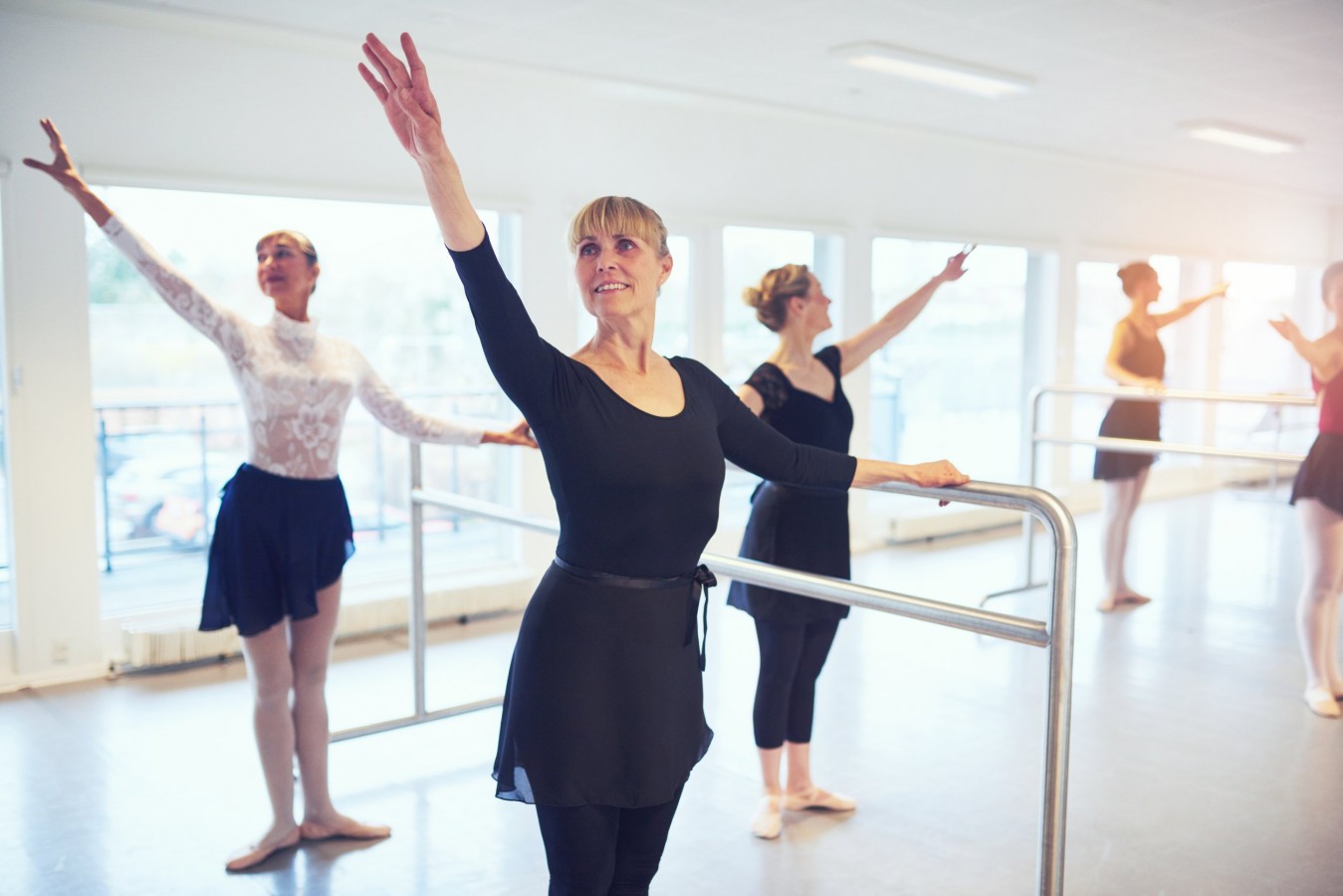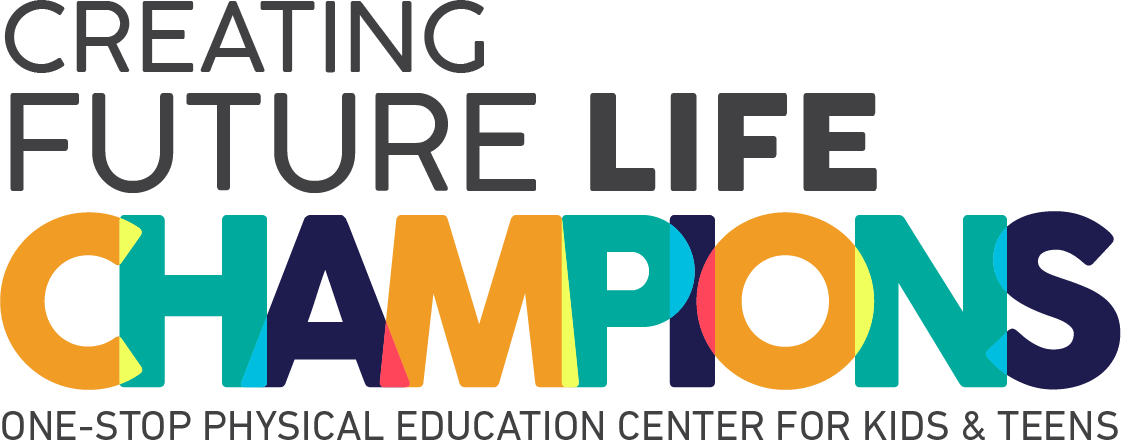Why Adult Ballet Matters: Benefits and Challenges Explained

Ballet has long been perceived as an art form reserved for the young, with its elegance, technique, and discipline best mastered during childhood. However, the surge of interest in adult ballet proves that it’s never too late to step into the dance studio.
Adult beginners are now discovering that ballet offers a wealth of benefits, from physical fitness to mental clarity, all while embracing a new, creative outlet. In this article, we’ll delve into why adults should consider learning ballet, the challenges they might face, and how to start ballet as an adult.
Reasons Why Adults Should Learn Ballet
Ballet provides a unique combination of strength, flexibility, and grace, making it a rewarding activity for adults. Here are some key reasons why adults are increasingly drawn to ballet:
1. Personal Motivation and Passion
Adults often pursue ballet out of genuine interest and passion, unlike children who may be encouraged by parents.
Paying for their own classes and finding time in busy schedules shows a true commitment, which can lead to a deeply fulfilling learning experience.
2. Enhanced Learning Abilities
With cognitive maturity, adults can better understand complex instructions, link them to past experiences, and ask insightful questions.
This level of understanding, combined with personal motivation, makes adult ballet students receptive and eager learners.
3. Intense Full-Body Workout
Ballet offers a powerful combination of art and exercise. It strengthens muscles, improves posture, and boosts flexibility.
Unlike traditional workouts, ballet combines movement with music, adding a creative and enjoyable dimension to physical fitness.
4. Mental Engagement
Ballet demands mental focus, quick memorization, and adaptability. Adult classes often use open formats, requiring students to learn steps on the spot, which builds both mental agility and muscle memory.
5. A Mental Escape and Safe Space
Ballet classes provide a respite from daily stresses, allowing adults to focus solely on themselves.
This immersive experience in movement and technique offers a refreshing escape and mental reset.
Challenges for Adults Starting Ballet
While the passion for dance often motivates many to step into the studio, there are several challenges that adults may face along the way. Here are some common challenges adults may encounter when beginning ballet:
A. Physical Limitations
As adults, many may experience decreased flexibility and strength compared to younger dancers.
This can make it challenging to perform basic ballet movements, requiring patience and time to develop the necessary physical capabilities.
B. Fear of Judgment
Adults often feel self-conscious about their skill level and worry about being judged by instructors or peers.
This fear can hinder their confidence and enjoyment in class, making it harder to fully engage in the learning process.
C. Mental Blocks and Frustration
Adults may have higher expectations for quick progress, leading to frustration when they do not advance as rapidly as anticipated.
Overcoming mental blocks related to learning new skills or techniques can also pose a challenge.
D. Injury Risk
Ballet can be physically demanding, and adults may be more prone to injuries if they push their bodies too hard, especially without prior experience.
Awareness of body limits and proper warm-up routines are essential to minimize this risk.
E. Difficulty with Technique Mastery
Ballet techniques are intricate and often require years of practice to master. Adults may struggle with the precision and fluidity required for advanced movements, feeling overwhelmed by the complexity of ballet.
How to Begin Ballet as an Adult
Starting ballet as an adult may feel daunting, but with the right approach, it’s both possible and rewarding. Here are a few essential steps and tips to help you start ballet confidently and enjoy the process along the way:
1. Wear Comfortable Clothing & Tie Your Hair
Back Opt for form-fitting clothes so your teacher can see your alignment. Ballet shoes are essential, and keep hair secured off your face for better movement and visibility.
2. Tell Your Teacher of Your Injuries or Concerns
Inform your teacher about any injuries or concerns so they can adjust exercises as needed. Always listen to your body, and don’t hesitate to take breaks.
3. Warm Up Before Class
Warming up prepares your muscles, reducing injury risks and enhancing performance. Just a few minutes can make a big difference.
4. Ballet Class is Progressive
Ballet exercises build upon each other, so pay close attention to form from the start to ensure later steps are performed correctly.
5. Learn Ballet Terminology
Ballet terms are in French, learning them helps you follow exercises more easily, especially in open classes where combinations are often quick.
6. Pay Attention to Direction, Facing, and Right/Left
Note the direction, foot placement, and facing of each step. These details are essential for accuracy and precision.
7. Group Steps Together and Identify Landmark Steps
Recognize patterns in exercises to memorize them faster. Grouping steps and identifying key moves (landmarks) simplifies longer sequences.
Join Rockstar Academy’s Ballet Adult Class!
Adult ballet offers a fulfilling way to nurture physical fitness, mental clarity, and personal growth. Despite the challenges, learning ballet as an adult is rewarding, achievable, and enjoyable.
So if you’ve always been drawn to dance or simply seek a new way to stay active, ballet can be an inspiring addition to your life, regardless of when you start.
If you’re ready to take the plunge and experience the beauty of ballet, consider joining Rockstar Academy’s Introduction Ballet Class for Adult19+ & Barre+.
This program is designed specifically for adults, providing a supportive environment where you can learn the fundamentals of ballet while also enjoying the benefits of barre workouts.
Additionally, you can also introduce your child to ballet at the right time and can lay a solid foundation for their love of dance and the performing arts. The best age to start ballet is typically between 3 and 5 years old, when children are naturally curious and eager to express themselves through movement.
At Rockstar Academy, a premier Sports & Performing Arts Academy, we offer a nurturing environment where young dancers can explore their creativity while developing essential skills like coordination, balance, and discipline.
Our ballet classes are designed to be fun and engaging, ensuring that each child feels supported as they embark on their dance journey. Plus, our events and competitions like RAD Ballet Testing, Ballet & Contemporary Dance Recital, RockOlympics and Elite Championships will help track their progress and celebrate their achievements along the way.
Don’t miss the opportunity for your little one to experience the joy of dance, sign up for a free trial of our ballet class today!
FAQ
Is 25 too old for ballet?
No, 25 is not too old for ballet. Many adults start ballet in their 20s and beyond, and it can be a fulfilling experience at any age.
What is the oldest age to start ballet?
There is no specific oldest age to start ballet. Adults of all ages, including those in their 30s, 40s, and beyond, can begin ballet and enjoy its benefits.



